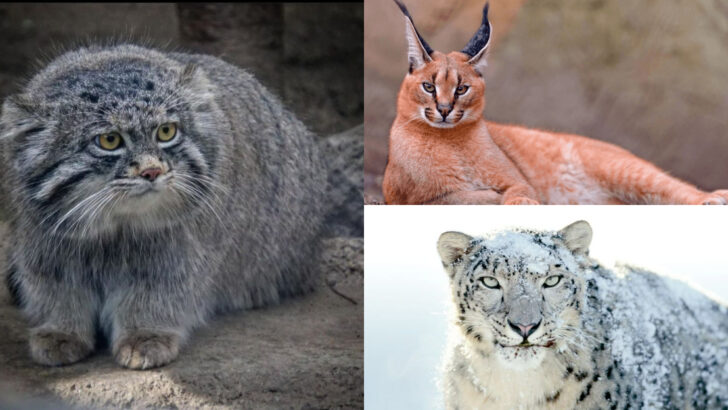In the world of wildlife, big cats hold a special allure with their majestic presence and enigmatic behaviors. While lions, tigers, and leopards often steal the limelight, there exist other felids that remain shrouded in mystery.
These rarely seen cats, each with unique traits and characteristics, captivate the imagination of nature enthusiasts and researchers alike. Exploring these elusive creatures offers insight into the diversity and adaptability of wild cats.
From dense rainforests to the rugged mountains, these 25 big cats reveal a world yet to be fully understood, where each sighting is a precious glimpse into the unknown.
Andean Mountain Cat
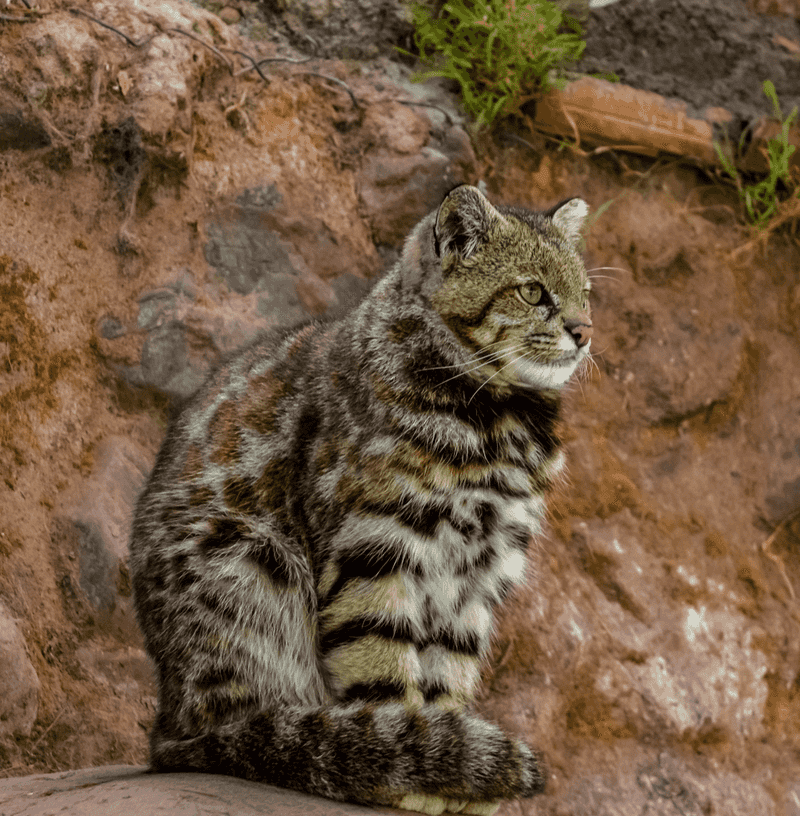
Seldom seen in the wild, this cat roams the Andes’ high-altitude terrain. Its dense, silvery-grey fur, accentuated by dark stripes and a bushy tail, provides camouflage against the rocky landscape.
Living at altitudes over 3,000 meters, their environment is harsh and unforgiving. Due to their elusive nature, not much is known about their behavior or population numbers.
Conservation efforts are challenging without concrete data. However, every sighting is a valuable contribution to understanding their ecological role.
Protecting their habitat is critical for the survival of these rare felines.
Bay Cat
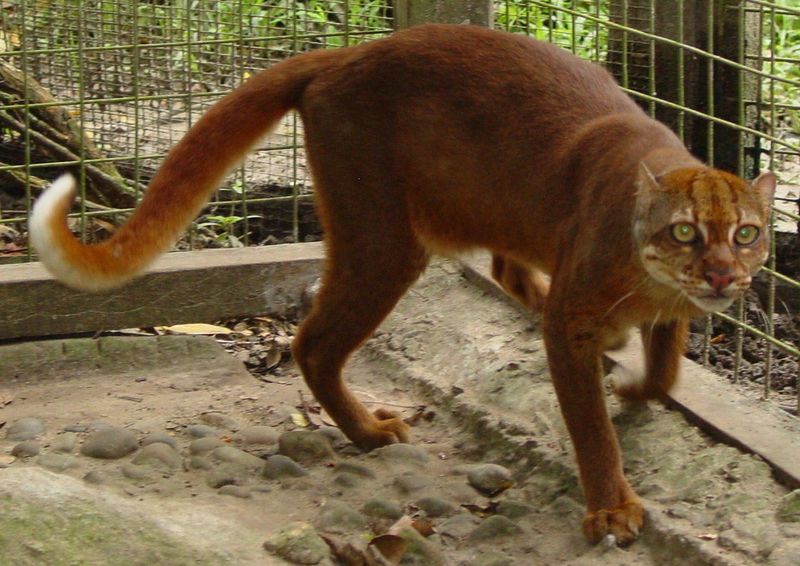
Endemic to Borneo, the Bay Cat remains a mystery to even seasoned researchers. With its reddish-brown fur and unique facial markings, it’s a master of stealth in dense forest habitats.
Spotting this cat is a rare privilege, as it blends seamlessly with the forest floor. Little is known about its diet, though evidence suggests a preference for small mammals and birds.
Conservationists worry about habitat loss due to deforestation. Protecting the remaining forests is crucial to ensuring the Bay Cat’s survival.
Their presence is a testament to the island’s rich biodiversity.
Bornean Clouded Leopard
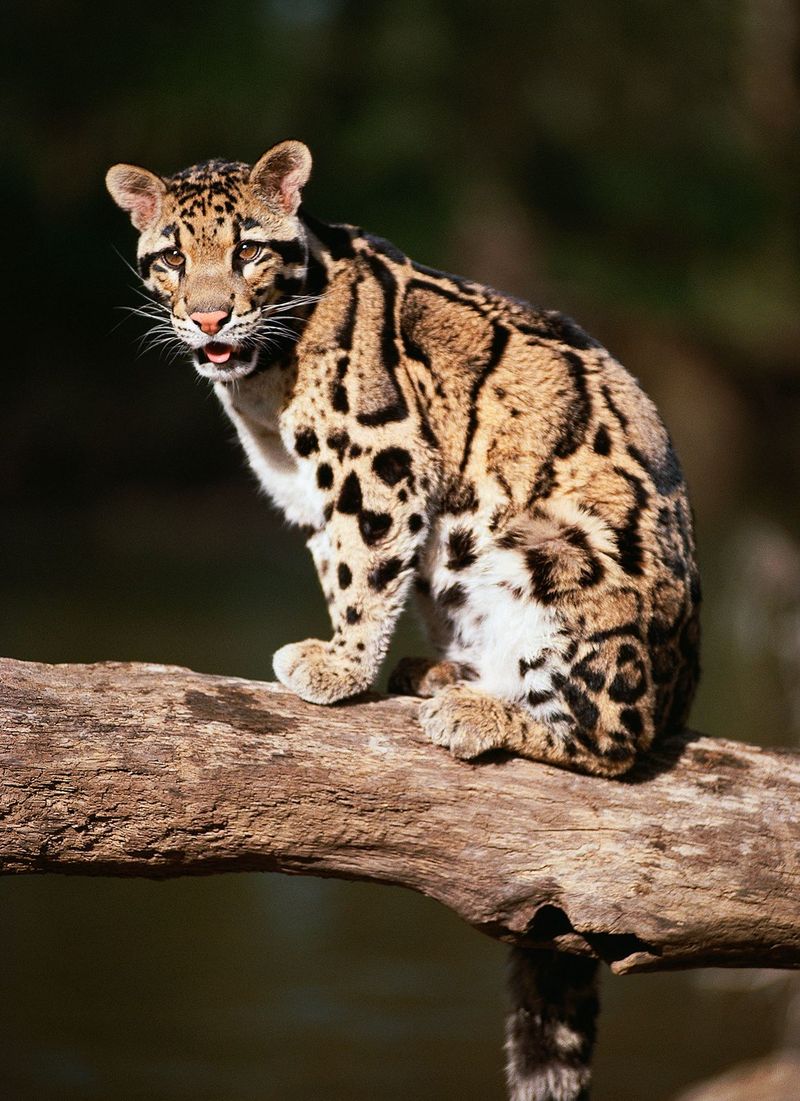
The Bornean Clouded Leopard is an arboreal marvel, perfectly adapted to life in the trees. This solitary predator boasts striking cloud-like patterns on its coat, aiding in camouflage.
With a tail as long as its body, it balances deftly among the branches. This cat’s elusive nature keeps it mostly hidden, with few documented encounters.
Researchers study its behavior through camera traps, gaining insights into its secretive life. Conservation efforts focus on preserving its forest habitat, which is under threat from logging and development.
Protecting these forests is vital for their continued existence.
Snow Leopard
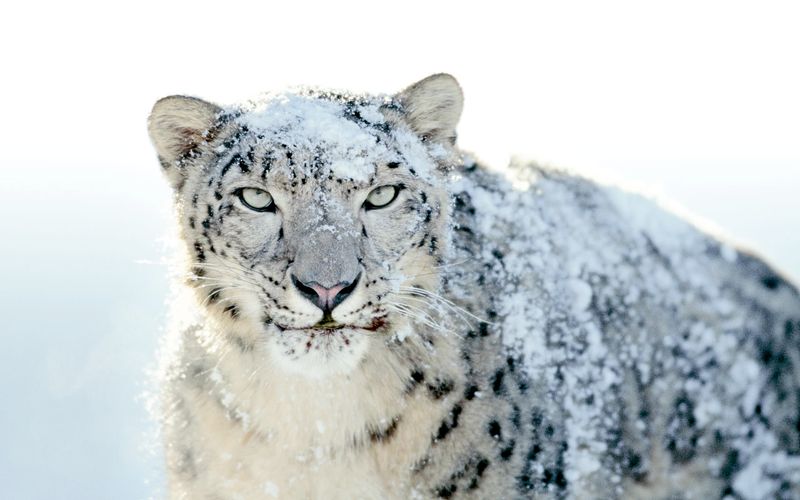
The Snow Leopard, often called the ‘ghost of the mountains,’ is a rare and elusive predator. Found in Central Asia’s alpine regions, it boasts thick, white-grey fur adorned with black rosettes.
This coat provides warmth and camouflage against the snow. Its powerful build and bushy tail aid in navigating steep, rocky terrains.
Despite their wide range, Snow Leopards are rarely seen, as they are masters of stealth. Conservationists work tirelessly to protect their habitat from human encroachment.
Increasing awareness and local involvement are key to their survival, preserving these majestic creatures for future generations.
Iberian Lynx
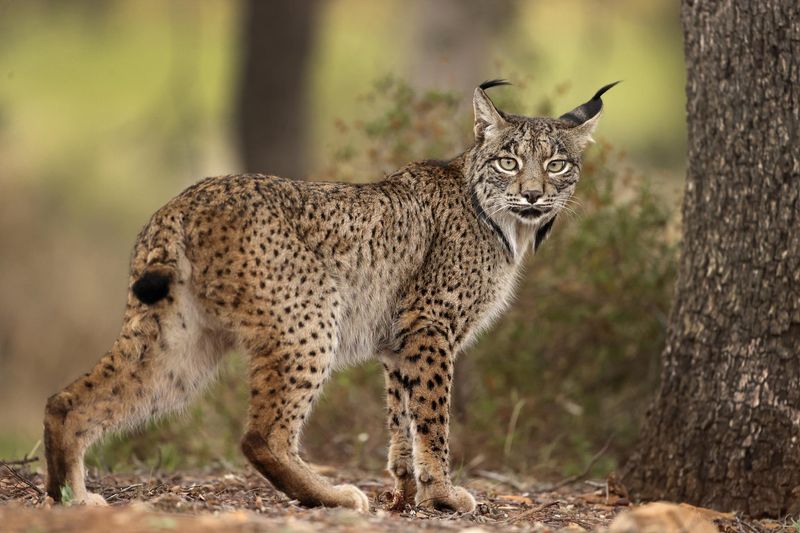
Once on the brink of extinction, the Iberian Lynx has made a remarkable comeback. Found in the Iberian Peninsula’s scrublands, it is known for its tufted ears and striking spotted coat.
Its diet mainly consists of rabbits, and its survival depends on this prey’s population. Conservation programs have increased numbers through captive breeding and habitat restoration.
The lynx’s presence signals a healthy ecosystem, making its conservation critical. Continued efforts ensure that this iconic predator remains a symbol of successful species recovery.
This feline’s journey from near extinction offers hope for other endangered species.
Pallas’s Cat
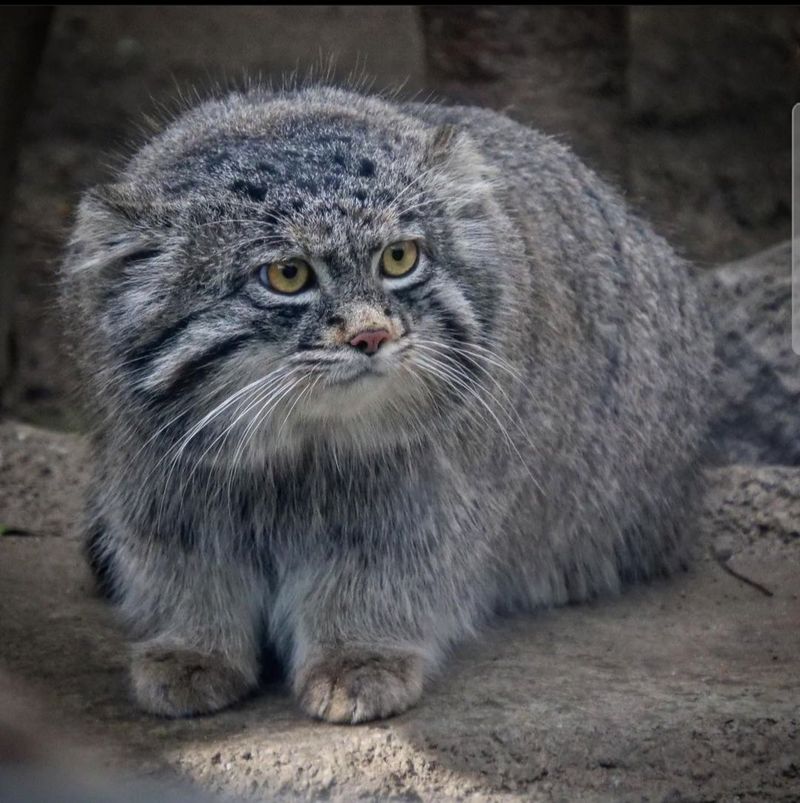
Native to the Central Asian steppes, Pallas’s Cat is a unique and solitary feline. Its thick, fluffy fur and flattened face give it an unforgettable appearance.
Adapted to cold, arid environments, it spends much of its time hiding among rocks and crevices. Unlike other cats, its pupils remain round, even in bright light.
Observing this elusive cat in the wild is a rare treat, as it is often mistaken for a rock. Conservationists focus on protecting its habitat and prey base, which is crucial for its survival.
Understanding this cat’s needs helps ensure its future.
Flat-headed Cat
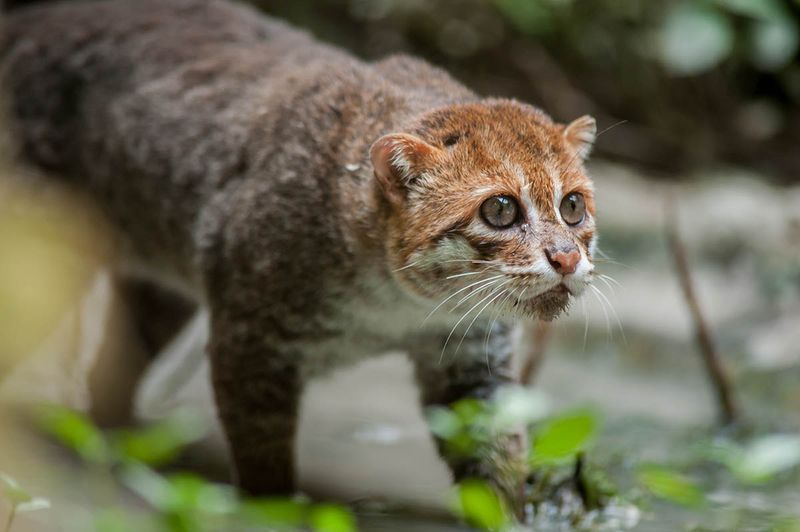
The Flat-headed Cat is an adept swimmer, often found near rivers and wetlands in Southeast Asia. Its flattened head and short legs make it distinct among felines, perfectly suited for aquatic hunting.
This shy and nocturnal creature primarily feeds on fish and small aquatic animals. Unfortunately, habitat loss and pollution threaten its survival, as clean waterways are essential for its lifestyle.
Conservation efforts aim to protect these vital habitats, ensuring the cat continues to thrive. Understanding the ecological role of these predators highlights the need for preserving their watery world.
Fishing Cat
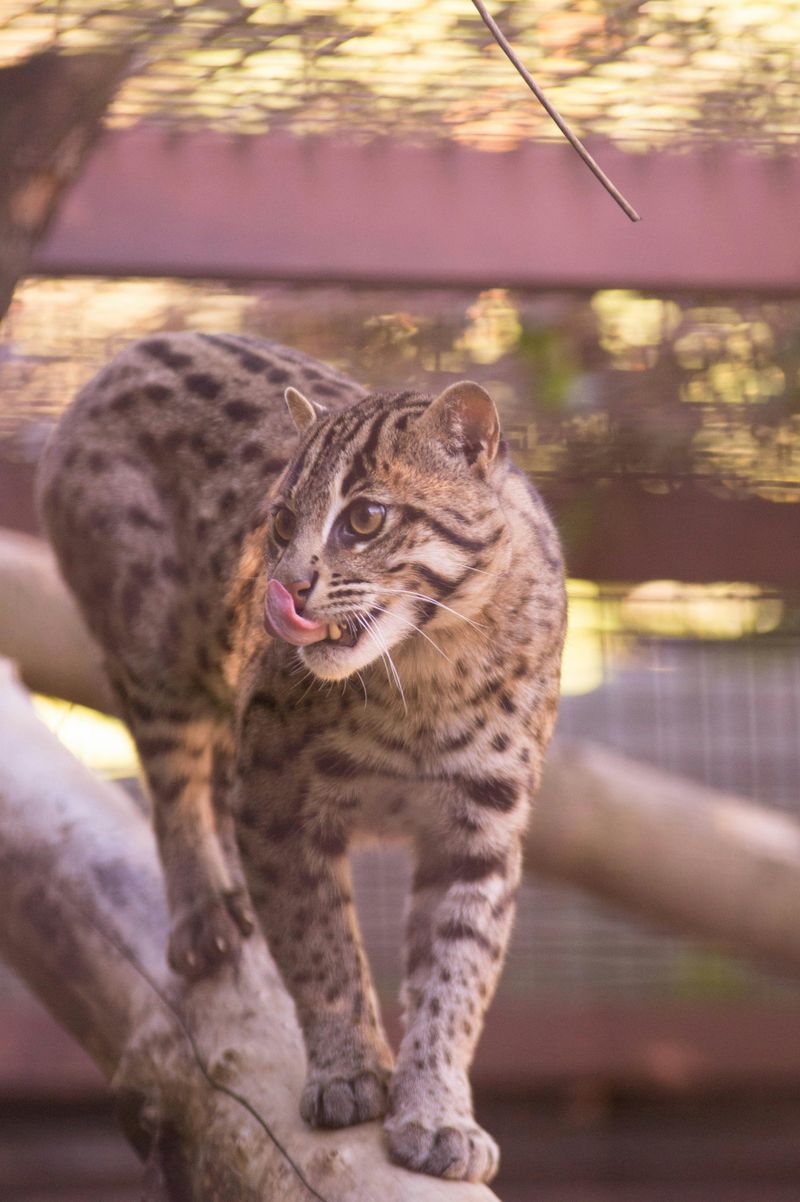
The Fishing Cat is a master angler, thriving in wetlands across South and Southeast Asia. Its stocky build, short tail, and webbed feet make it an adept swimmer.
Preferring solitude, it hunts by the water’s edge, using its retractable claws to snatch fish. Unfortunately, its wetland habitats are rapidly disappearing due to human activity.
Conservation initiatives focus on preserving these crucial environments, emphasizing the cat’s role in maintaining ecosystem balance. By highlighting its unique adaptations, we can foster appreciation and action for its protection.
Safeguarding wetlands is essential for this remarkable feline’s future.
Kodkod
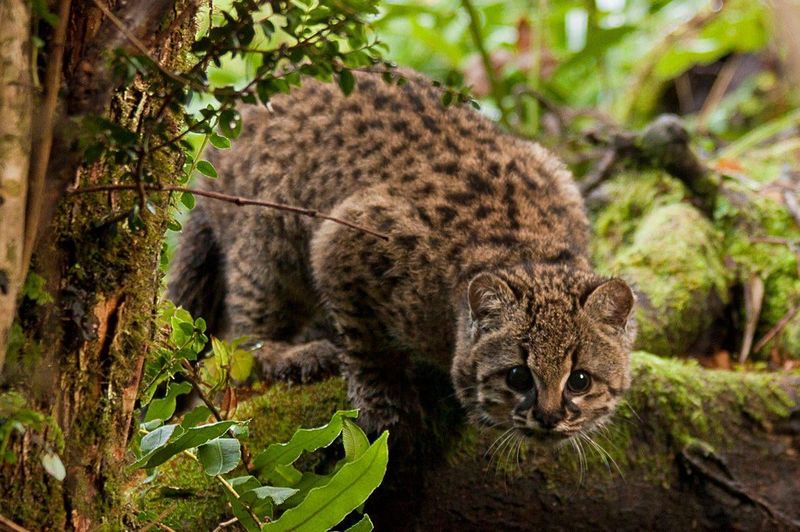
The Kodkod, native to the temperate rainforests of southern Chile and Argentina, is the smallest wild cat in the Americas. Its compact size and spotted coat help it blend into the dense underbrush.
Despite its secretive nature, this cat plays a vital role in controlling rodent populations. Habitat destruction poses a significant threat, as these forests are increasingly fragmented.
Conservation efforts aim to protect these unique ecosystems, ensuring the Kodkod’s survival. Understanding its ecological contributions can inspire local conservation strategies.
Highlighting the Kodkod’s challenges underscores the importance of preserving biodiversity.
Marbled Cat
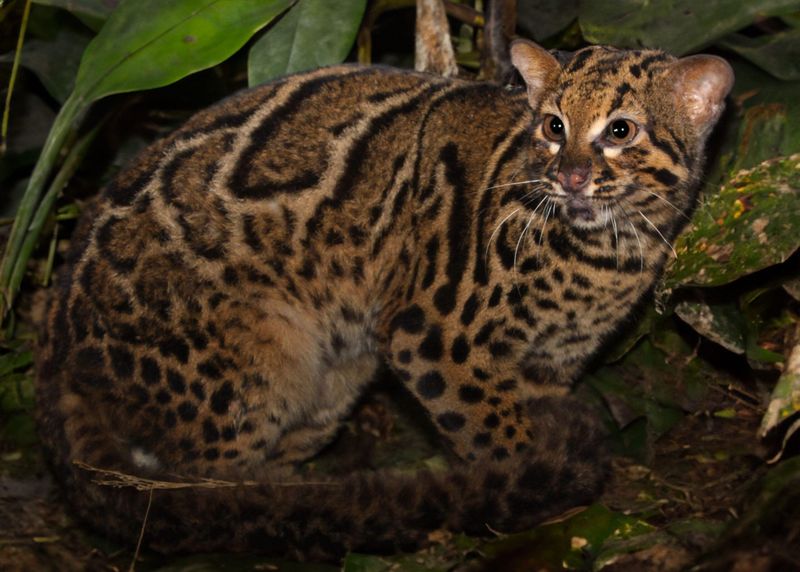
The Marbled Cat is a tree-dwelling phantom of the Southeast Asian forests. With its marbled coat and long tail, it moves with agility among the branches.
Little is known about this elusive cat, as sightings are rare and fleeting. Its diet likely includes birds and small mammals, but much of its life remains shrouded in mystery.
Threatened by deforestation and hunting, conservationists work to protect its forest habitats. Enhancing our understanding of its behavior and needs is crucial for targeted conservation efforts.
Preserving these forests is vital for the Marbled Cat’s future.
Chinese Mountain Cat
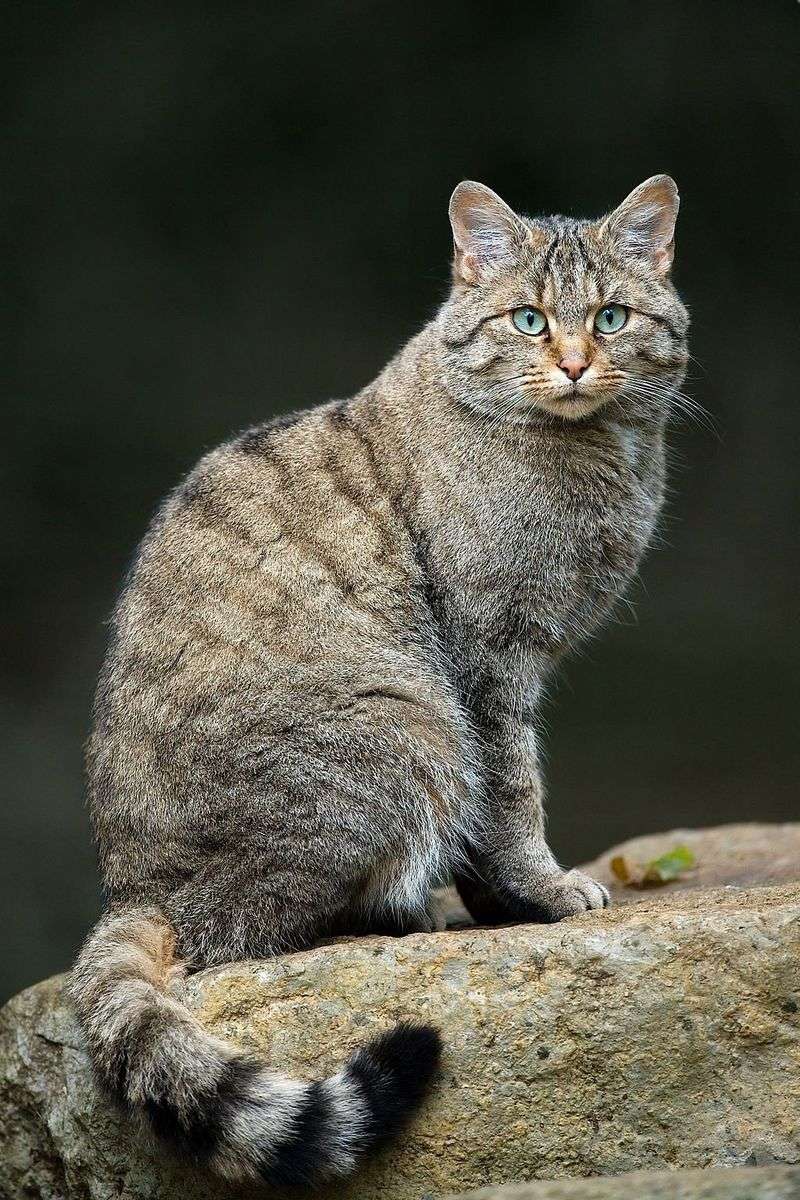
The Chinese Mountain Cat is a rare and little-known feline of the Qinghai-Tibetan Plateau. Its sandy-yellow coat and bushy tail provide camouflage against the grasslands.
This solitary hunter preys on rodents and pikas, playing a crucial role in controlling their populations. Unfortunately, habitat degradation and conflict with humans threaten its existence.
Conservation efforts focus on protecting its natural environment and promoting coexistence. Increasing awareness of this elusive cat’s ecological importance can drive effective conservation strategies.
Understanding and appreciating its role in the ecosystem is essential for its survival.
Rusty-spotted Cat
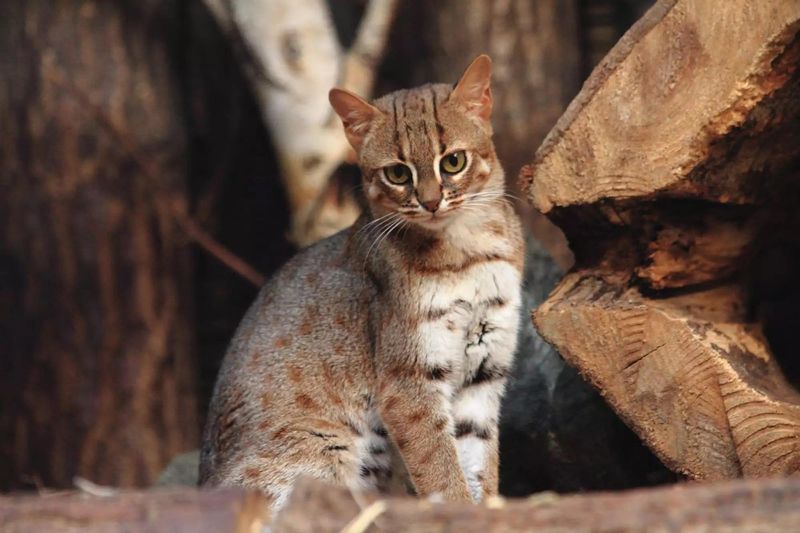
The Rusty-spotted Cat, one of the world’s smallest felines, inhabits the dry forests of India and Sri Lanka. Its diminutive size and rusty spots make it a master of stealth.
This nocturnal hunter preys on small birds and rodents, contributing to ecosystem balance. Despite its elusive nature, the cat faces threats from habitat loss and fragmentation.
Conservation efforts focus on preserving its forest habitats and raising awareness of its conservation status. Recognizing the cat’s ecological role can inspire protective measures.
Highlighting its unique attributes encourages appreciation and action for its survival.
African Golden Cat
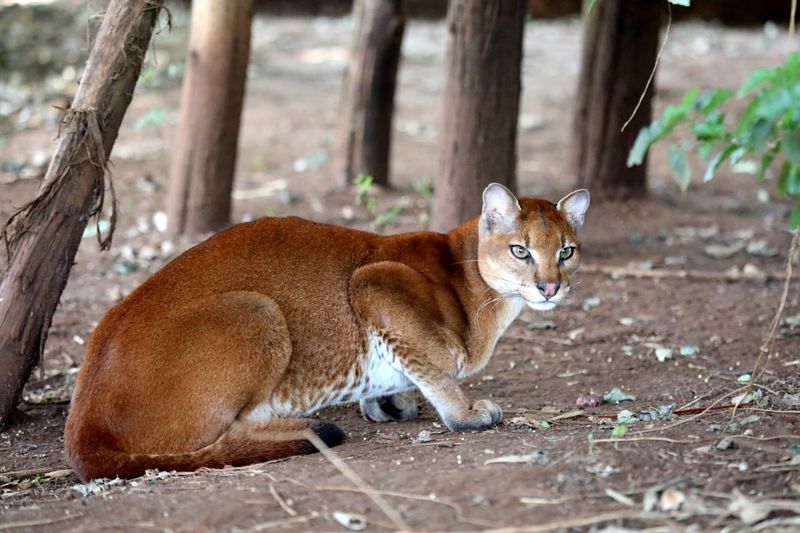
The African Golden Cat is a rare inhabitant of the dense African rainforests. Its tawny coat and muscular build make it a formidable predator.
Preferring solitude, this elusive feline hunts small mammals and birds. Its secretive behavior means sightings are rare, with much of its life remaining a mystery.
Conservationists face challenges due to habitat loss and hunting pressures. Efforts to protect its rainforest home are crucial for its survival.
Raising awareness of its existence and ecological importance can promote effective conservation strategies. Understanding its role in the ecosystem ensures a future for this mysterious cat.
Jungle Cat
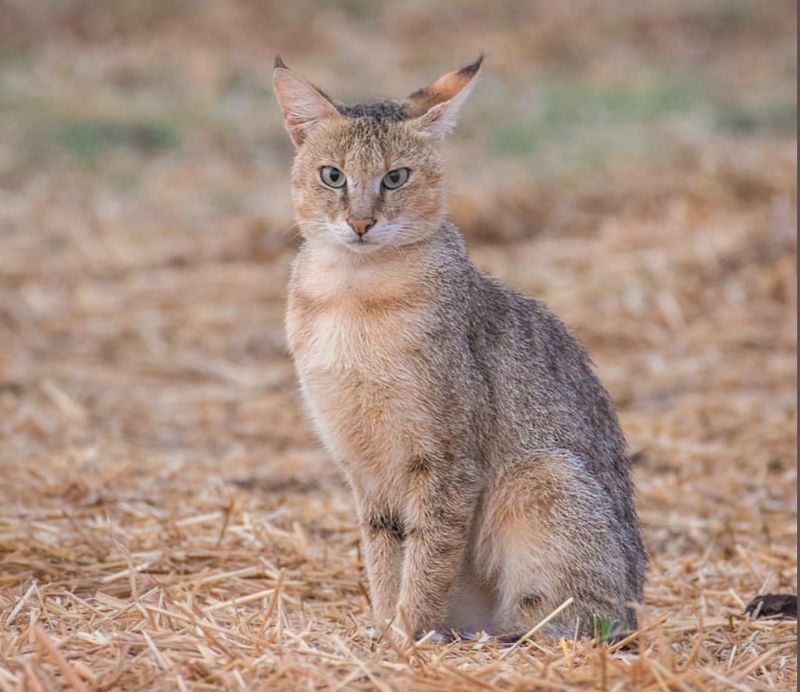
The Jungle Cat, despite its name, inhabits a variety of landscapes including grasslands and shrublands across South Asia. Its sandy coat and tall ears provide excellent camouflage.
This adaptable predator preys on small mammals, birds, and reptiles, maintaining ecological balance. Human encroachment and habitat destruction pose significant threats to its survival.
Conservation efforts focus on preserving its diverse habitats and promoting coexistence. Understanding its adaptability and ecological role can foster appreciation and protective measures.
Highlighting its unique attributes underscores the importance of preserving biodiversity and ensuring its future.
Sand Cat
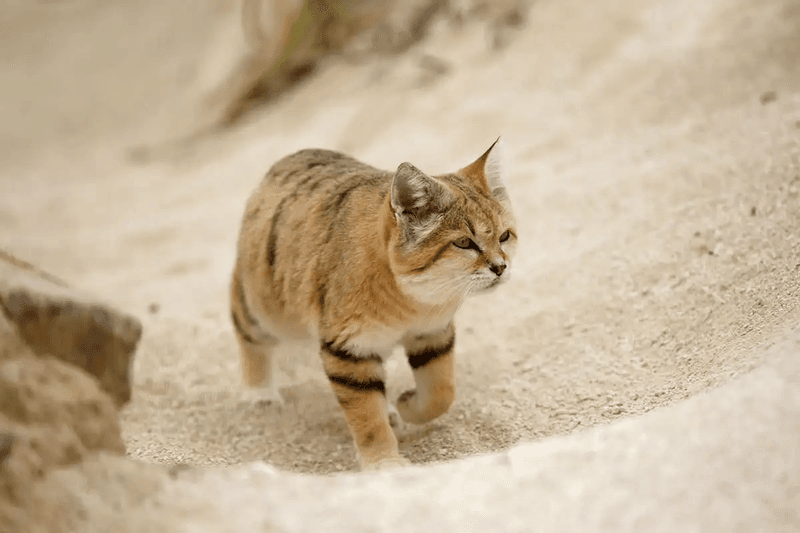
The Sand Cat is uniquely adapted to the harsh desert environments of North Africa and the Middle East. Its pale coat and large ears help dissipate heat and blend into the sandy landscape.
This nocturnal hunter preys on rodents and insects, contributing to the fragile desert ecosystem. Habitat degradation and human activity pose significant threats to its survival.
Conservation efforts focus on protecting its desert habitat and raising awareness of its conservation status. Understanding its ecological role and adaptations can inspire protective measures.
Highlighting its unique attributes encourages appreciation and action for its survival.
Serval
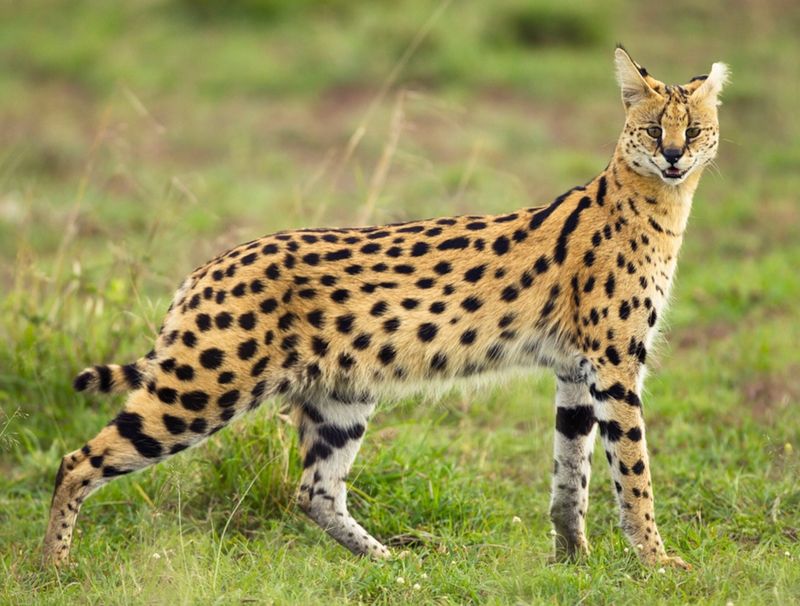
The Serval is a striking feline of the African savannah, known for its long legs and large ears. These adaptations make it an adept hunter, capable of leaping to catch birds and small mammals.
Its solitary nature and preference for tall grasses make it difficult to observe in the wild. Habitat loss and hunting pressures threaten its survival.
Conservation efforts focus on preserving its savannah habitat and promoting coexistence with local communities. Understanding its ecological role and unique adaptations can foster appreciation and protective measures.
Highlighting its challenges underscores the importance of preserving biodiversity.
Caracal
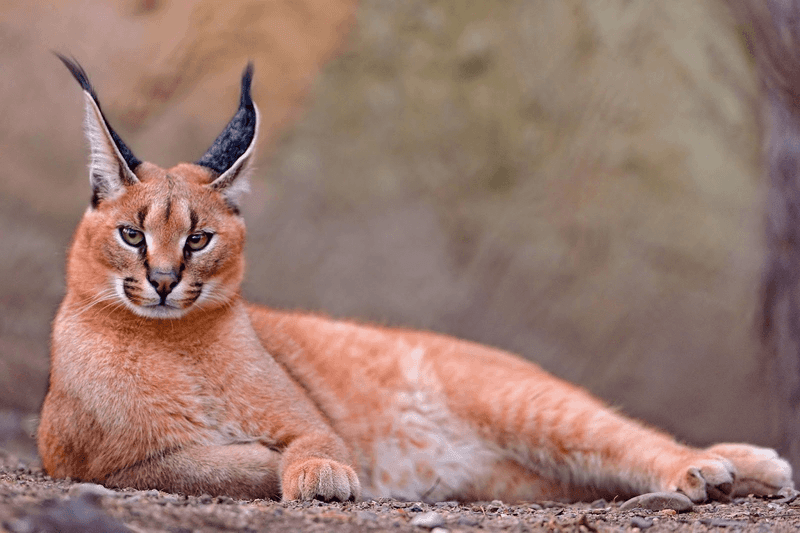
The Caracal, with its distinctive tufted ears, inhabits a variety of landscapes across Africa and the Middle East. Its sleek body and powerful build make it a formidable predator.
This solitary hunter preys on small mammals, birds, and reptiles, contributing to ecological balance. Habitat loss and hunting pressures pose significant threats to its survival.
Conservation efforts focus on preserving its diverse habitats and promoting coexistence. Understanding its adaptability and ecological role can foster appreciation and protective measures.
Highlighting its unique attributes underscores the importance of preserving biodiversity and ensuring its future.
Eurasian Lynx
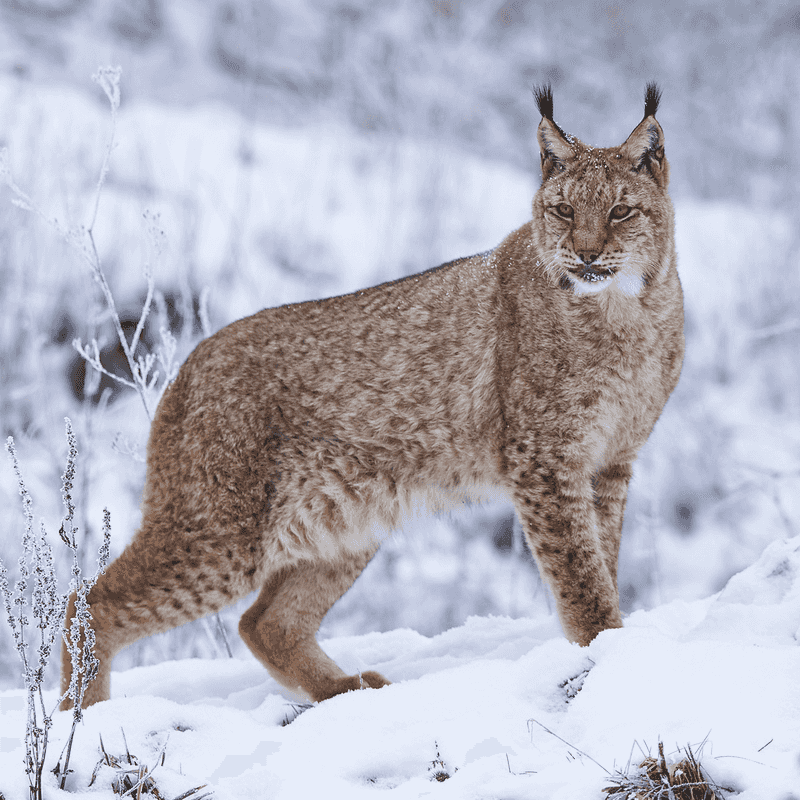
The Eurasian Lynx, with its tufted ears and spotted coat, is a master of stealth in the dense forests of Europe and Asia. This solitary predator preys on deer and small mammals, playing a crucial role in maintaining ecological balance.
Habitat loss and hunting pressures threaten its survival. Conservation efforts focus on preserving its forest habitat and promoting coexistence.
Understanding its ecological role and unique adaptations can foster appreciation and protective measures. Highlighting its challenges underscores the importance of preserving biodiversity and ensuring its future for generations to come.
Ocelot
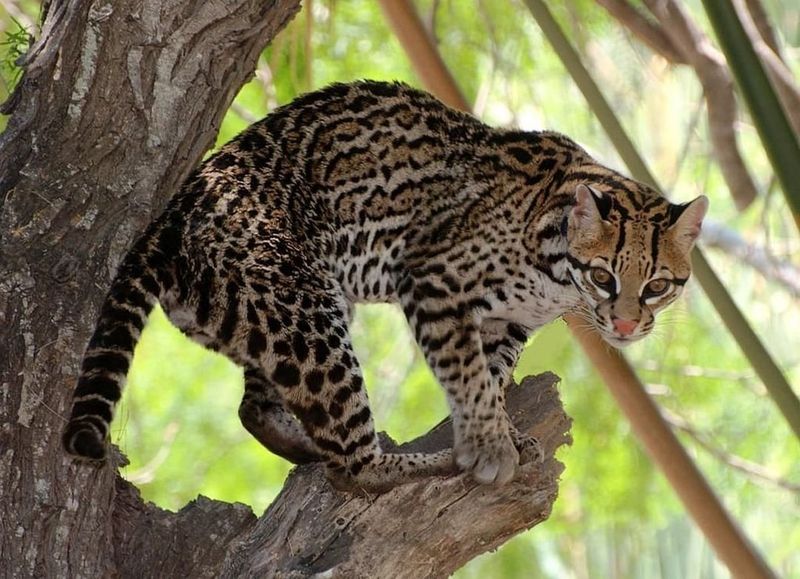
The Ocelot, with its distinctive spotted coat, is a master of stealth in the dense forests of Central and South America. This solitary predator preys on small mammals and birds, maintaining ecological balance.
Habitat loss and hunting pressures threaten its survival. Conservation efforts focus on preserving its forest habitat and promoting coexistence with local communities.
Understanding its ecological role and unique adaptations can foster appreciation and protective measures. Highlighting its challenges underscores the importance of preserving biodiversity and ensuring its future for generations to come.
Jaguarundi
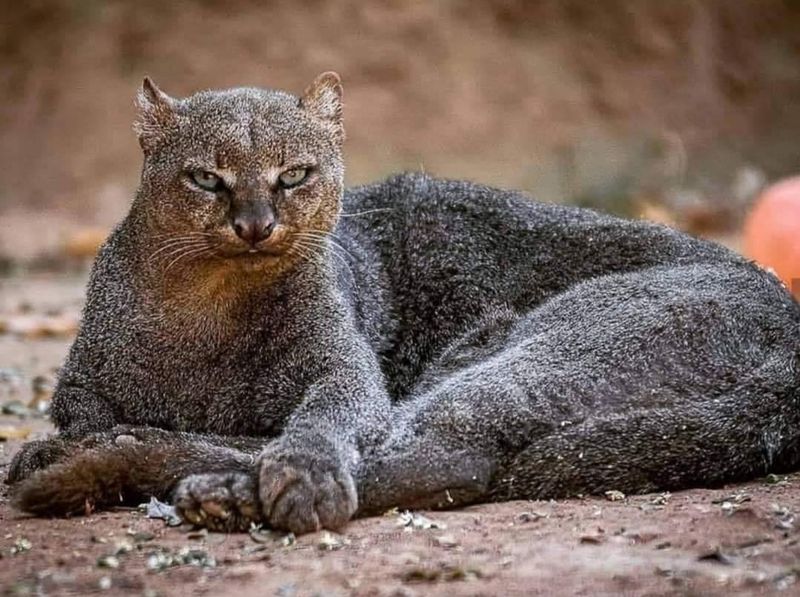
The Jaguarundi, with its sleek body and elongated tail, is a unique feline of Central and South America. This adaptable predator inhabits forests and grasslands, preying on small mammals and birds.
Its solitary nature and elusive behavior make it difficult to observe in the wild. Habitat loss and hunting pressures threaten its survival.
Conservation efforts focus on preserving its diverse habitats and promoting coexistence. Understanding its ecological role and unique adaptations can foster appreciation and protective measures.
Highlighting its challenges underscores the importance of preserving biodiversity and ensuring its future for generations to come.
Margay
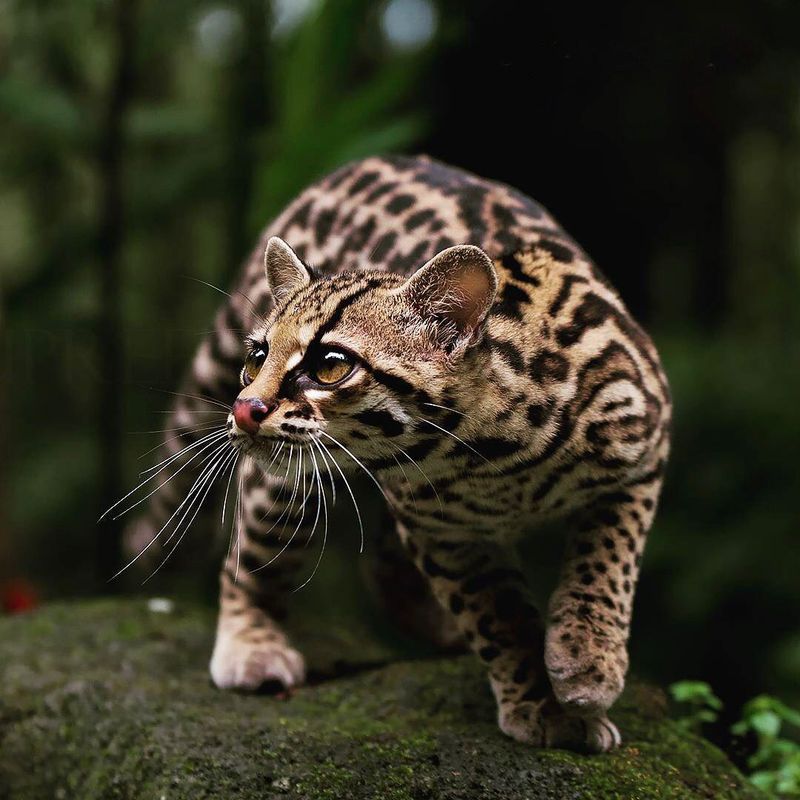
The Margay, with its spotted coat and long tail, is a master of agility in the dense forests of Central and South America. This arboreal predator preys on birds and small mammals, maintaining ecological balance.
Habitat loss and hunting pressures threaten its survival. Conservation efforts focus on preserving its forest habitat and promoting coexistence with local communities.
Understanding its ecological role and unique adaptations can foster appreciation and protective measures. Highlighting its challenges underscores the importance of preserving biodiversity and ensuring its future for generations to come.
Canada Lynx
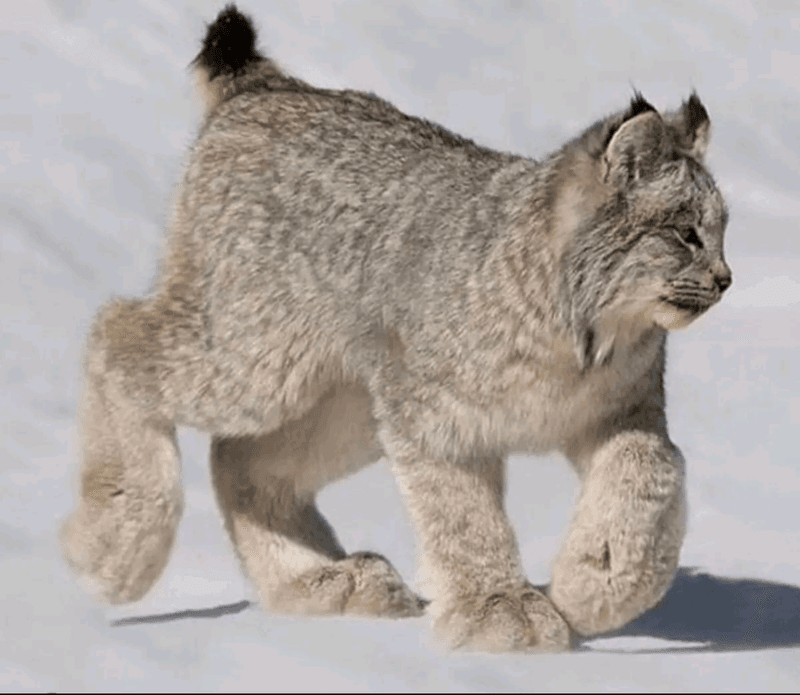
The Canada Lynx, with its tufted ears and thick fur, is a master of stealth in the snowy forests of North America. This solitary predator preys on snowshoe hares, playing a crucial role in maintaining ecological balance.
Habitat loss and hunting pressures threaten its survival. Conservation efforts focus on preserving its forest habitat and promoting coexistence.
Understanding its ecological role and unique adaptations can foster appreciation and protective measures. Highlighting its challenges underscores the importance of preserving biodiversity and ensuring its future for generations to come.
Geoffroy’s Cat
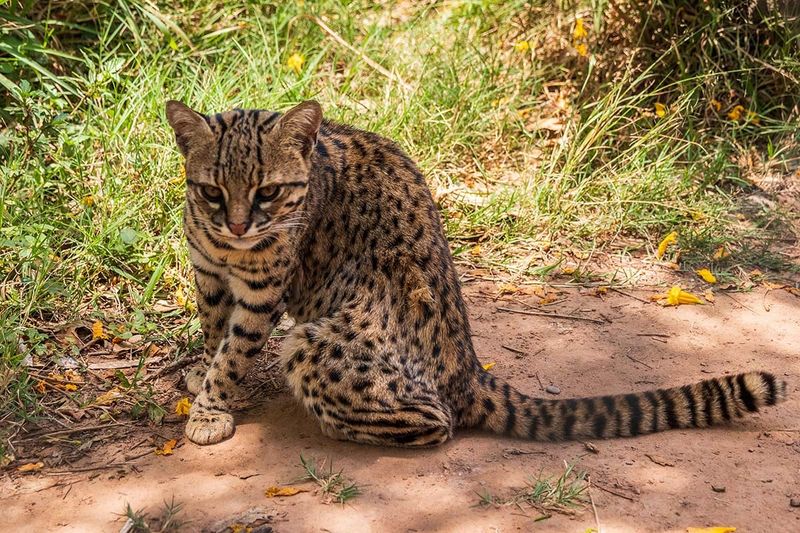
Geoffroy’s Cat, with its spotted coat and slender body, is a master of stealth in the grasslands of South America. This solitary predator preys on small mammals and birds, maintaining ecological balance.
Habitat loss and hunting pressures threaten its survival. Conservation efforts focus on preserving its grassland habitat and promoting coexistence.
Understanding its ecological role and unique adaptations can foster appreciation and protective measures. Highlighting its challenges underscores the importance of preserving biodiversity and ensuring its future for generations to come.
Black-footed Cat
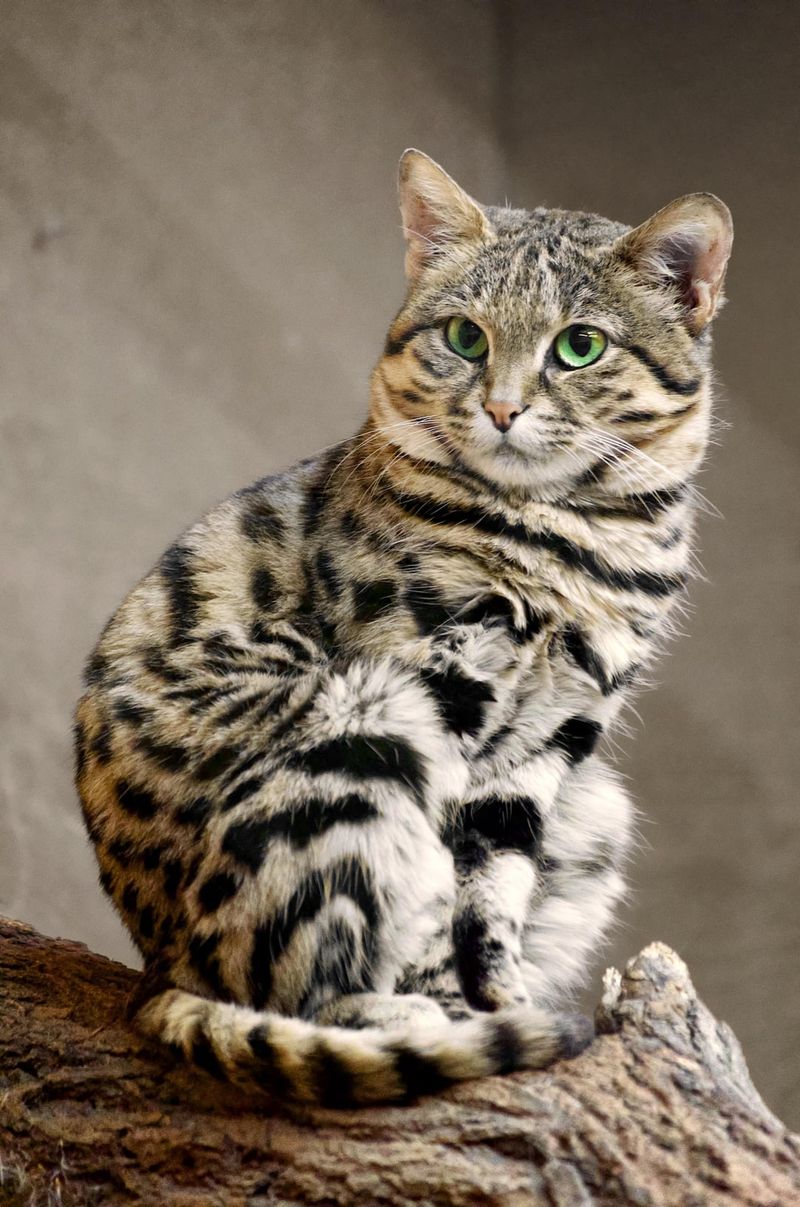
The Black-footed Cat, with its small size and bold markings, is a master of stealth in the arid scrublands of southern Africa. This solitary predator preys on rodents and birds, maintaining ecological balance.
Habitat loss and hunting pressures threaten its survival. Conservation efforts focus on preserving its scrubland habitat and promoting coexistence.
Understanding its ecological role and unique adaptations can foster appreciation and protective measures. Highlighting its challenges underscores the importance of preserving biodiversity and ensuring its future for generations to come.
Pampas Cat
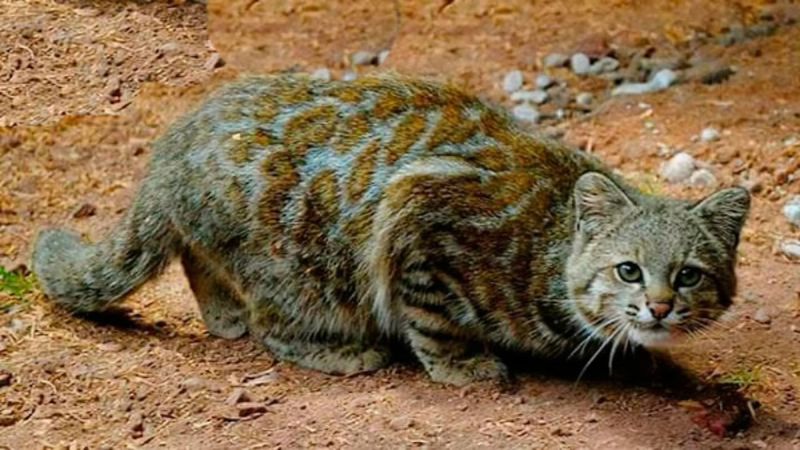
The Pampas Cat, with its spotted coat and bushy tail, is a master of stealth in the grasslands and shrublands of South America. This solitary predator preys on small mammals and birds, maintaining ecological balance.
Habitat loss and hunting pressures threaten its survival. Conservation efforts focus on preserving its diverse habitats and promoting coexistence.
Understanding its ecological role and unique adaptations can foster appreciation and protective measures. Highlighting its challenges underscores the importance of preserving biodiversity and ensuring its future for generations to come.

